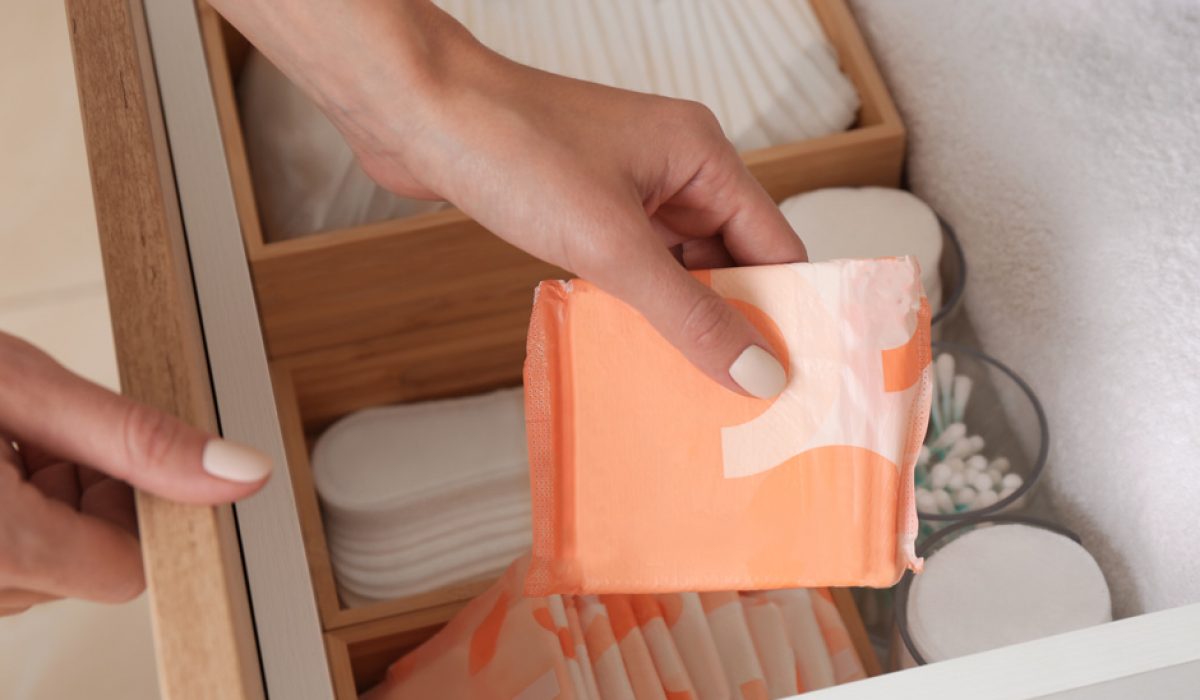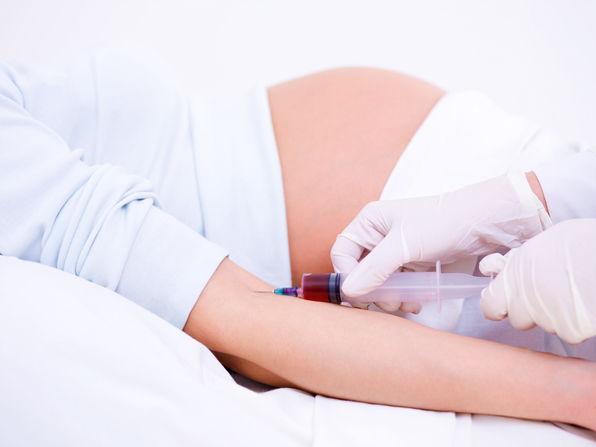You know it’s not your time of the month and yet you notice blood… While it may well be nothing to worry about, spotting between periods could signal a problem. What could it mean? Let’s break it down.
What are the possible reasons for spotting between periods?
What is spotting between periods? Spotting is light bleeding that occurs outside of your monthly period.
Dr Albert Aka, Consultant Gynaecologist at The Gynae Centre says: “There are all sorts of possible reasons for spotting between periods and many of them are harmless. However, the only way to know is to get checked out – so don’t ‘self-doctor’ or put things off. Go straight to your GP or gynaecologist.”
Possible reasons for spotting between periods include:
- Stress: It sounds like a cliché but it’s true. Stress can impact your hormones and menstrual cycle in all sorts of ways because stress triggers the body’s ‘fight or flight’ response, stimulating the release of the hormone cortisol. Cortisol can repress reproductive hormones and disrupt a woman’s menstrual cycle.
- Sexually Transmitted Infection (STI): Some STIs can cause spotting between periods – especially chlamydia, the most common STI in the UK and gonorrhoea, another common STI. Both these infections can lead to fertility problems if left untreated, so if you’ve had unprotected sex or think there’s a chance you could be at risk, you should get tested. The Gynae Centre offers swift, no stone unturned sexual health screening without waiting lists.
- Polycystic ovarian syndrome (PCOS): PCOS is a hormonal imbalance that creates ovulation abnormalities and other symptoms. Women with PCOS have an excess of androgen hormones, often leading to abnormal vaginal bleeding.
- Contraception: Have you started the contraceptive pill or had a coil fitted recently? Sometimes the coil creates spotting between periods. Starting the pill can create changes in the womb lining and so many women experience a bit of spotting between periods when they first go on the pill.
- Pregnancy: Could you be pregnant? It’s actually quite common in the early weeks of pregnancy to notice some spotting, but you still need to see a clinician to make sure everything is okay.
- Perimenopause: In the years before your periods stop altogether, your oestrogen levels go down. Your periods may become lighter, heavier, longer, shorter or closer together – in short, the bleeding tends to be more erratic. Unpredictable periods are just one element of the upheaval of perimenopause, but you don’t have to suffer without help, and The Gynae Centre offers uniquely tailored menopause care.
- Infection: Infections in organs such as the uterus or cervix can cause spotting between periods. Investigation via ultrasound can help to determine the cause, and here at The Gynae Centre we offer expert consultant care with the most sophisticated screening equipment. For peace of mind you can book a consultation without the wait here.
- Cervical cancer: Unusual bleeding is one of the key signs of cervical cancer, including post-coital bleeding and bleeding between periods. The survival rate of cervical cancer is 51% but the disease itself is preventable in 99.8% of cases. Therefore, it is imperative to have your cervical smear test regularly so that any abnormalities can be addressed right away.
- Uterine fibroids or polyps: These benign growths most often appear in the uterine lining and can lead to pain in the pelvic area, problems passing urine, and unusual bleeding.
- Thyroid problems: Your thyroid regulates important hormones in the body and when it isn’t functioning properly, this can lead to a lot of issues including bleeding between periods.
- Adenomyosis: This is a disorder whereby cells from the uterine lining grow into the womb’s muscular wall, often creating pain and irregular bleeding.
- Cervical polyps: Usually benign growths on the entrance to the womb (cervix).
- Cancer of the uterus: Usually affecting women who’ve been through the menopause, uterine cancer is fairly common. If you’re over the age of 40 and you notice spotting between periods, you should visit your doctor or gynaecologist to check for cancer of the uterus. It can be ruled out with a vaginal ultrasound.
Treatment for spotting between periods
Dr Aka says: “Treatment for spotting between periods depends entirely upon what’s causing it, and that is why it’s important to have thorough consultation and screening to rule out anything sinister and deal with any issues. Spotting might signal that you need some hormone supplementation. It could mean you need a minor surgery. You might choose to adjust your contraception. Spotting between periods could signal any one of many issues but the key takeaway here is to never ignore it. It’s probably nothing to worry about but it could be serious and it’s never worth taking that chance.”
Going straight to a gynaecologist is always a good idea if you want peace of mind quickly. It is their area of expertise, so they can gather all the diagnostic information swiftly and do any investigations straight away.
Here at The Gynae Centre, our consultants are among the UK’s top gynaecologists and our equipment is second to none. If you are experiencing spotting between periods we can get the root of the problem – without waiting lists.
For a consultation, call 020 7580 8090 or book online.






